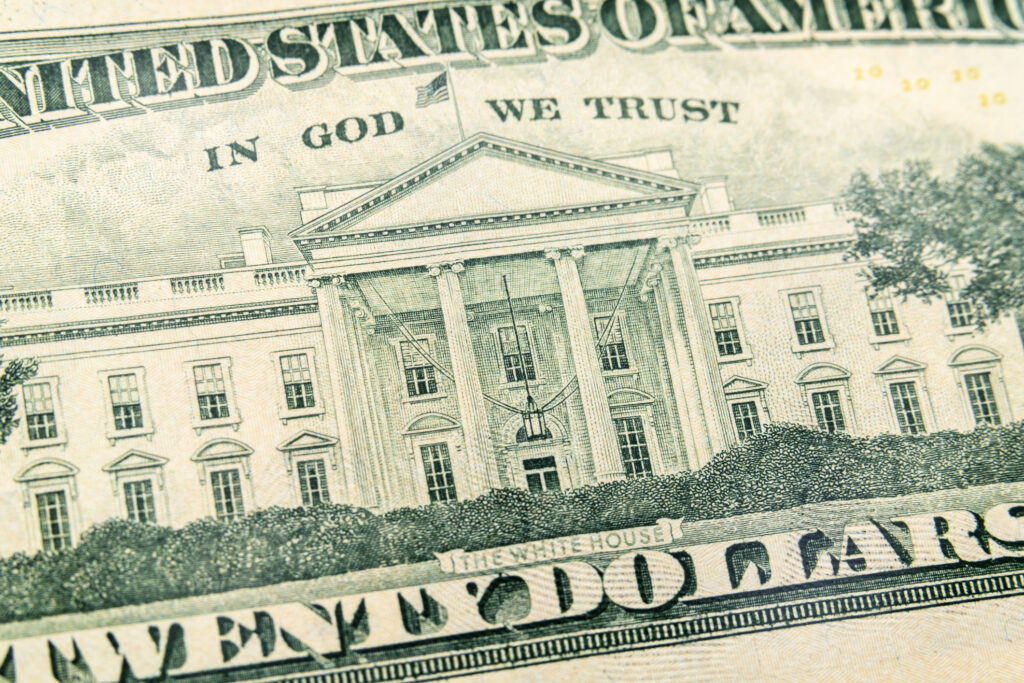
By Kyle Tetting
With three quarters of the year now in the books, it’s tough to be too upset about how well markets have looked. The third quarter brought some meaningful shift in policy, well telegraphed by a Fed eager to avoid causing the next recession. But the true story of recent market returns is one tied to growing and persistent optimism for the innovation that will drive market gains into the future.
Learn more
Time has come, Fed pivots focus, by Kyle Tetting
Earnings and interest rates – and politics? by Kyle Tetting
How the 2024 Election Could Affect Your Portfolio, from Morningstar
Why investments outperform their investors, a Money Talk Video with Kyle Tetting
Separating politics from portfolios, by Joel Dresang
Challenging the long-term optimism is a market that now clearly prices in much of the potential. We throw around “cautious optimism” loosely in our industry as history has proven it works. But history is written across years and decades, not three quarters. With that in mind, it’s worth addressing the challenges of a pricey market as it relates to the most obvious near-term risks.
For starters, consider the upcoming election. Nothing has added to the caution portion of my recent conversations more than fears surrounding the upcoming election. Unfortunately for investors, it’s increasingly clear that fear is the currency of our elections.
Interestingly, this election cycle appears to be occurring amid an economy on solid footing and with stock markets that have seen significant rallies lately. The challenge is that each new potential area of concern adds to the noise, even absent clear expectations on where a particular politician will fall on a given issue or what the impact will be. To that end, the home stretch of this election season will bring continued volatility.
With expectations for volatility, what we pay for stocks and how much we’re willing to own become increasingly important. Normally, investors who are concerned about something are less willing to pay up for risk assets such as stocks.
Yet, despite the noise, investors haven’t flinched when it comes to buying up stocks at high prices. That’s another reason why longer-term optimism for stocks seems well placed.
Beyond politics, or perhaps alongside, we now have a Federal Reserve that has pivoted from a focus on inflation to one of stability in the labor market. Such a focus is within the Fed’s dual mandate, but it’s only possible knowing that inflation is a much smaller problem than it was two short years ago.
With inflation continuing to moderate and the labor market still strong, the Fed is at least partially responsible for an economy that has allowed stocks to rally so sharply. It’ll always be too soon to say they’ve successfully engineered the soft landing, but only because the economic cycle continues to progress. For now, the Fed appears to have settled the latest inflationary pressures as well as could be hoped.
With no shortage of geopolitical risks and other issues, concerns aren’t strictly limited to our own country. War and natural disaster weigh heavily on investors’ minds, along with broader concerns about global growth. China has embarked on economic stimulus while the Eurozone is seeing divergent growth across regions and sectors. Again, investors have been willing to accept the uncertainty while maintaining a healthy appetite for global stocks.
All of this is a continued reminder that we own stocks for what they bring years from now. And, fortunately, the outlook remains strong amid meaningful technological innovation.
On the other hand, there is the reality that today’s risk can bring the stock market lower for some time. We temper our optimism for stocks with a clear understanding of the role that bonds, cash and other less volatile investments need to play within our portfolio. Recognizing that cautious optimism necessarily includes recognizing caution.